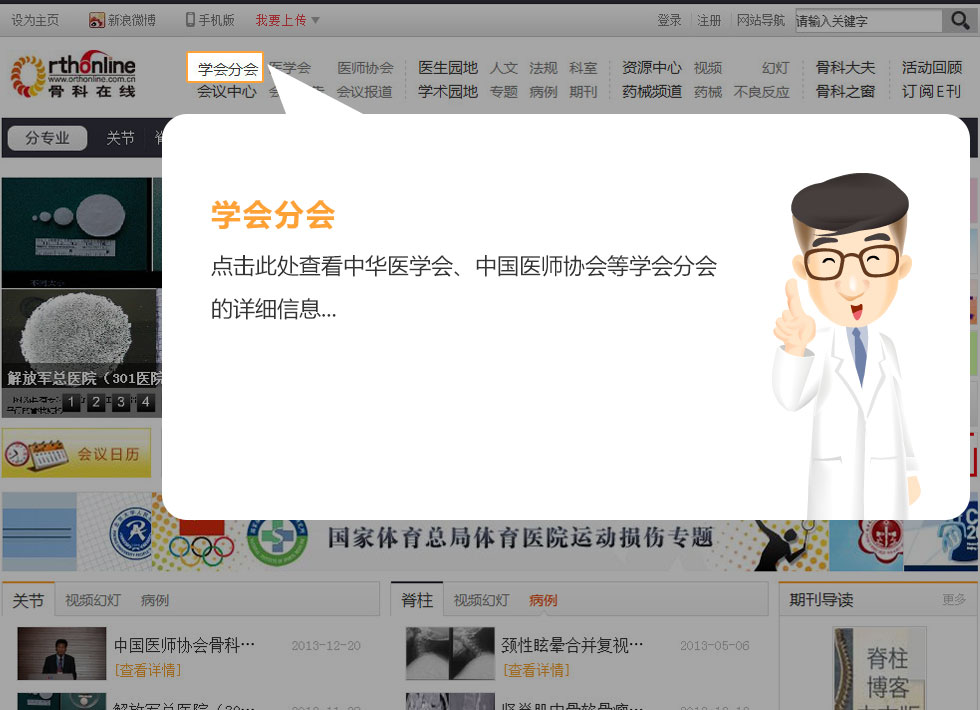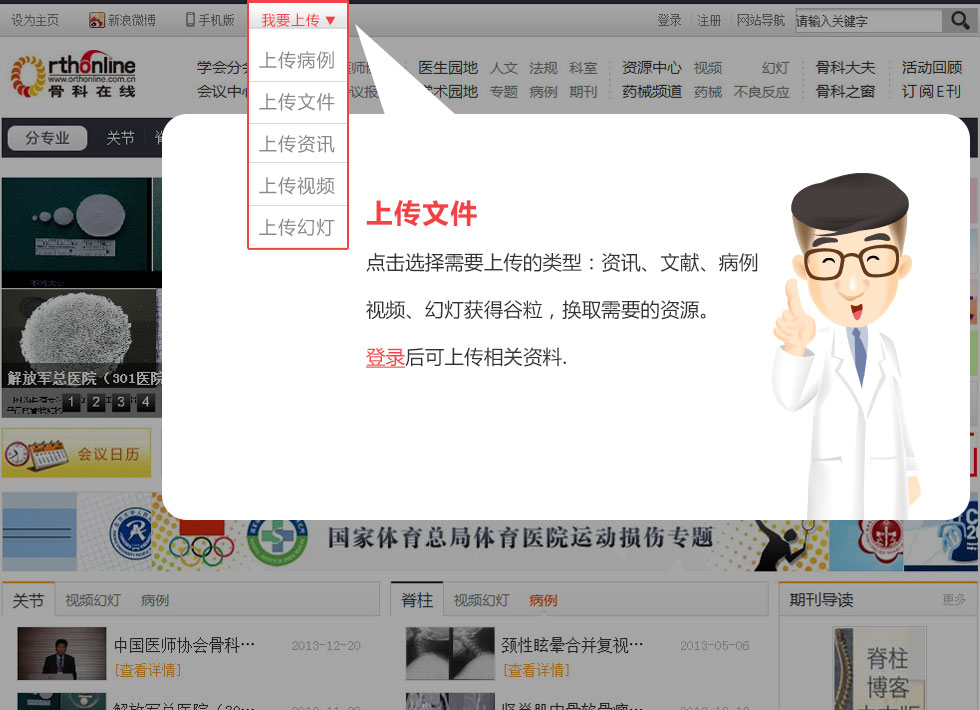Local Vitamin-C Injection Reduced Tendon Adhesion in a Chicken Model of Flexor Digitorum Profundus Tendon Injury
第一作者:Leung-Kim Hung
2013-05-22 我要说
Leung-Kim Hung, Sai-Chuen Fu,Yuk-Wa Lee,Tsui-Yu Mok,Kai-Ming Chan
Adhesion formation is a complication of hand flexor tendon repair. Normal gliding function of flexor tendons can be impaired by an excessive fibrotic response, which may be caused by intraoperative and postoperative hemorrhage. As tissue damage and hemorrhage can disturb redox regulation, thereby favoring fibrotic responses, the purpose of this study was to investigate if antioxidants can reduce tendon adhesion by antagonizing oxidative stress.
Methods:
Flexor digitorum profundus tendon injury was induced in fifty-seven chickens. In twelve chickens, oxidative stress preinjury, immediately after injury, and two and six weeks postinjury (n = 3 at each time period) was estimated by measuring tissue levels of the reduced form of glutathione (GSH) and oxidized glutathione (glutathione disulfide [GSSG]) in the proximal interphalangeal joint. In the remaining chickens, 50 μL of saline solution or vitamin-C solution (5 or 50 mg/mL) was injected into the wound immediately after closure of the tendon sheath. Samples were harvested at two weeks (n = 6 in each group) or six weeks (n = 6 in each group) postinjury for a gliding test, ultrasound imaging, and histological examination. Three chickens from each group were killed at two weeks postinjury for GSH and GSSG measurements to evaluate the treatment effects on postoperative oxidative stress.
Results:
The GSH level was significantly decreased at two and six weeks postinjury, and the GSSG level was significantly increased at six weeks postinjury. Both 5 and 50-mg/mL vitamin C led to higher tissue levels of GSH at two weeks postinjury, as compared with that in the saline solution group, but no significant change in the GSSG level was detected. Chickens with vitamin-C supplementation showed no significant improvement in gliding resistance and no significant reduction of the fibrotic size at two weeks postinjury, but they did show significant improvement in gliding resistance at six weeks postinjury and the 5-mg/mL vitamin-C group showed a significant reduction of the fibrotic size at six weeks. Histological examination showed less peritendinous adhesion in the vitamin-C groups.
Conclusions:
Our results suggest that local injection of vitamin-C solution can reduce the extent of adhesion of healing tendons, probably by redox modulation, in a chicken model.
Clinical Relevance:
It may be feasible to apply vitamin-C solution intraoperatively at the time of tendon repair to reduce restrictive tendon adhesion, but additional studies are needed to optimize the dose required.





 京公网安备11010502051256号
京公网安备11010502051256号